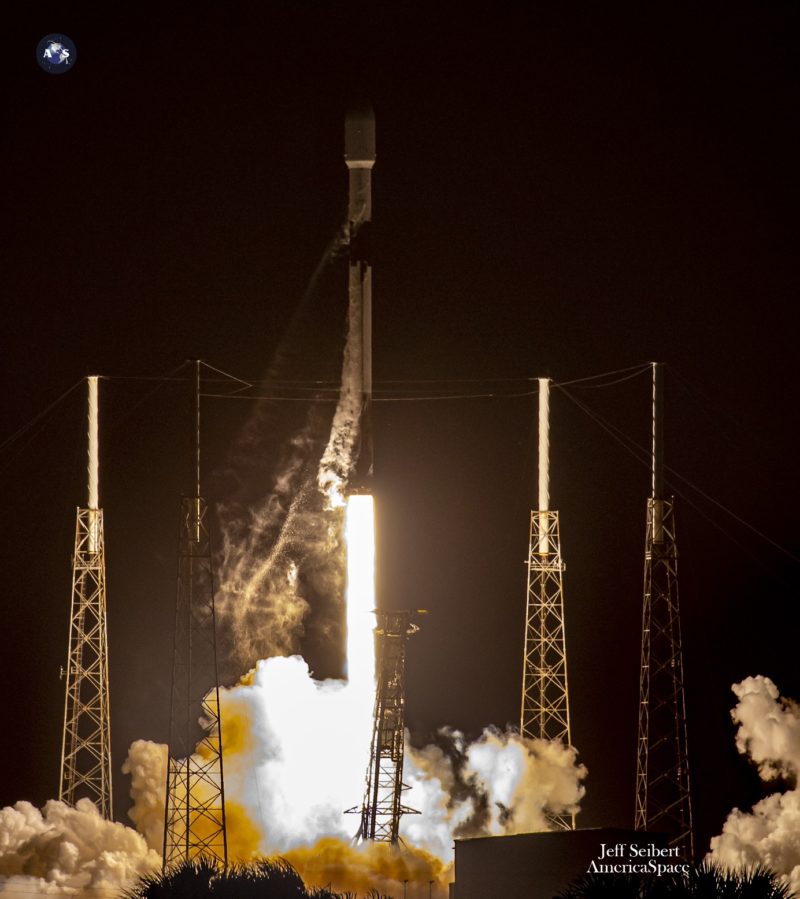
Two days later than planned, and despite windy conditions on the Space Coast, SpaceX has successfully lofted another 60-strong batch of Starlink low-orbiting internet communications satellites from Space Launch Complex (SLC)-40 at Cape Canaveral Air Force Station, Fla.
Already, the Hawthorne, Calif.-headquartered launch service organization had launched the Sentinel-6A Michael Freilich ocean-monitoring satellite atop a brand-new Falcon 9 core from Vandenberg Air Force Base, Calif., on Saturday morning, and three days later—and a continent away—repeated the feat with a second mission from the Space Coast. The second mission launched on time at 9:13 p.m. EST Tuesday and set a raft of new records, including the 100th launch of a Falcon 9 since June 2010.
As detailed in AmericaSpace’s preview feature, this pair of Falcon 9 boosters could hardly be more dissimilar. The sparkling B1063 core which lofted Sentinel-6A was embarking on the first flight of its career, whilst the blackened and scarred B1049 core destined to lift the latest instalment of Starlinks had six prior launches and blistering hypersonic re-entries to its credit. With its latest mission on Tuesday night, it became the first Falcon 9 to record a seventh flight. “This is a life-leader launch,” tweeted SpaceX founder Elon Musk, “so more risk than normal.”
First launched in September 2018 to deliver the heavyweight Telstar 18V communications satellite towards geostationary altitude, B1049 went on to lift the final ten-strong batch of Iridium NEXT global mobile communications satellites in January 2019. In doing so, it became the second Falcon 9 core to achieve pinpoint landings on the Autonomous Spaceport Drone Ship (ASDS) on both the East and West Coasts of the United States.
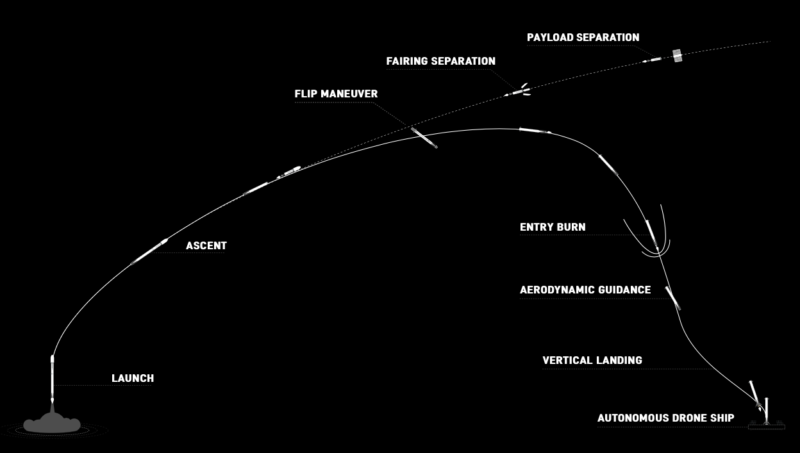
Since then, B1049 has flown a record-breaking five Starlink batches—a total of 298 of these flat-packed internet communications satellites—into space between May 2019 and tonight. Notably, it became the first Falcon 9 core to return safely from a fifth mission, the first to complete a sixth and, with tonight’s flight, also the first to complete a seventh.
Including Tuesday’s mission, B1049 has now touched down five times on the ASDS “Of Course I Still Love You” and twice on the ASDS “Just Read the Instructions”, including the first JRTI landing after it was relocated from the West Coast to the East Coast.
Launch was initially targeted for Sunday, with weather forecasters expecting a 60-percent probability of acceptable conditions, improving to 80 percent in the event of a 24-hour scrub to Monday. As circumstances transpired, SpaceX stood down on Sunday night, citing the need to conduct additional data reviews and watch the recovery weather. “Standing down from today’s launch of Starlink,” it tweeted. “Rocket and payload are healthy; teams will use additional time to complete data reviews…but keeping an eye on recovery weather.”
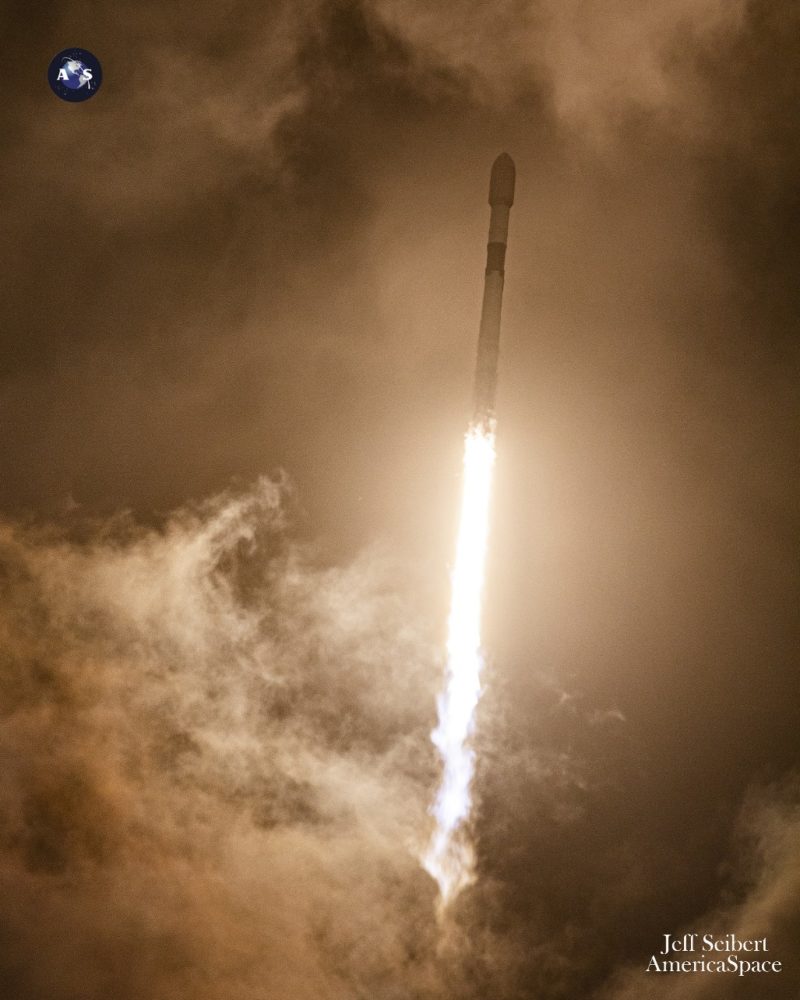
In fact, the weather outlook for both Monday and Tuesday offered an 80-percent likelihood of supporting SpaceX’s 100th Falcon 9 flight. But Monday night’s attempt was similarly scrubbed, amid concerns about acceptable weather in the landing zone and the safe recovery of B1049. Tuesday’s successful flight marked the first occasion that SpaceX has launched four Falcon 9s in a single calendar month. Already since the start of November, the firm has lofted the fourth Block III Global Positioning System (GPS) satellite for the U.S. Space Force, followed by Crew-1 and last weekend’s Sentinel-6A.
Primary payload for Tuesday’s mission were 60 Starlink satellites, all equipped with “VisorSat” optical-darkening technology to limit their visibility in the night sky and corresponding impact upon astronomy. The $10 billion Starlink program, unveiled by SpaceX CEO Elon Musk in Seattle, Wash., in January 2015, is predicted to revolutionize low-cost broadband internet provision.
He identified it as a means of opening the way for competitively-priced services for urban regions and rural and underserved areas of the United States. Under the announced plan, an eventual constellation of 12,000 satellites could handle up to half of all backhaul communications traffic and a tenth of all local internet traffic in high-population-density cities by the mid-2020s.
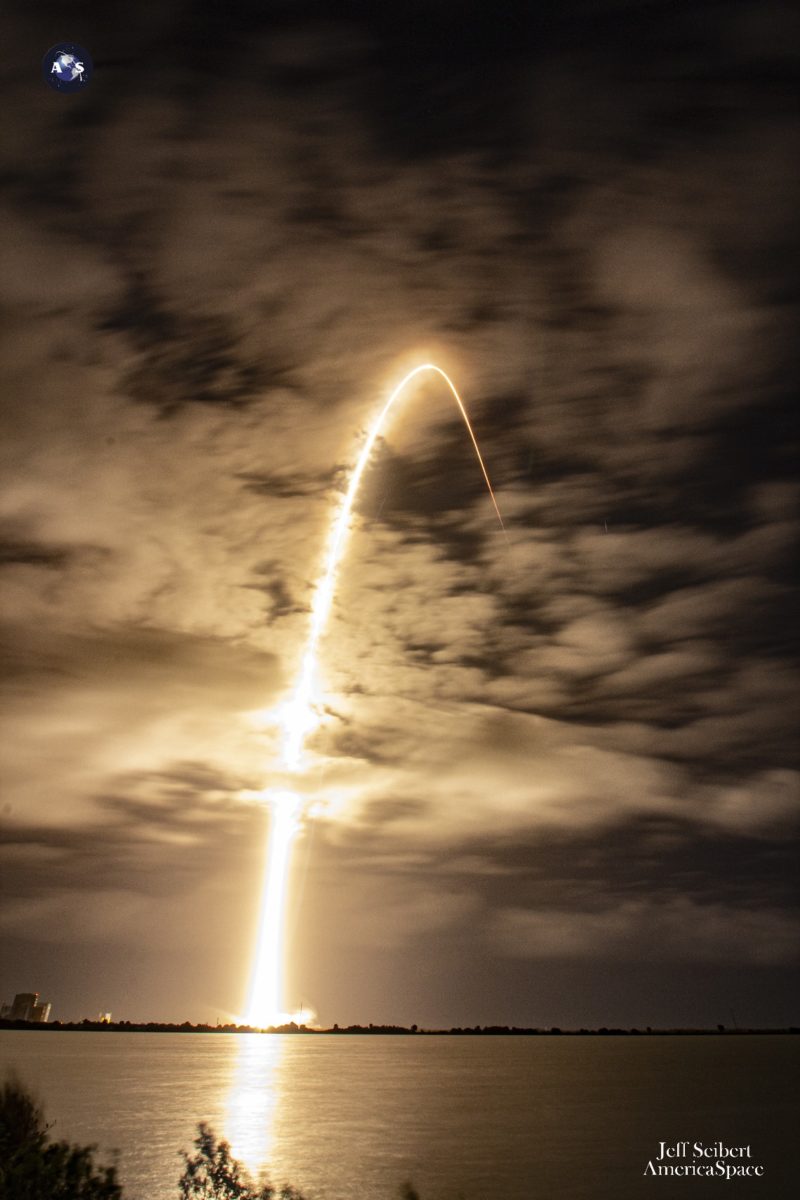
Late in 2016, SpaceX described the concept as “non-geostationary” and revealed Starlink’s initial coverage would span the Ku-band and Ka-band regions, between 12-18 GHz and 26.5-40 GHz, respectively. By the late spring of the following year, plans were laid for a second orbital “shell” of satellites to utilize the V-band at 40-75 GHz, which is not routinely used for commercial communications purposes.
Previously, the V-band has seen service for millimeter-wave radar research and scientific applications, but it reportedly also has promise for high-capacity terrestrial millimeter-wave communications networks.
SpaceX’s original intent was for 4,425 Ku-/Ka-band Starlinks to reside at an altitude of 710 miles (1,150 km) and 7,518 V-band birds to sit at 210 miles (340 km), producing a total population of these small satellites by the mid-2020s. However, in November 2018 SpaceX received licensing from the Federal Communications Commission (FCC) to operate a third of the Ku-/Ka-band complement—some 1,584 satellites—at just 340 miles (550 km), much lower than initially planned.
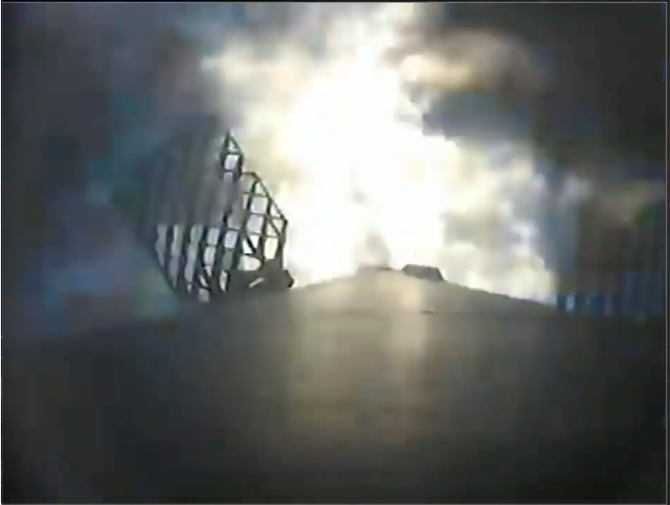
This will produce a relatively short operational lifetime of around five years, before they are maneuvered into a disposal orbit for controlled re-entry. SpaceX has explained that all satellite components are “100-percent demisable” and exceed “all current safety standards”, but the sheer volume of Starlinks to be launched in a relatively short period has aroused lingering controversy, both in terms of the work of astronomers and adding to ongoing debate about the effect of space debris.
Two Starlink test satellites, Tintin-A and Tintin-B, were launched in February 2018 and successfully validated the phased-array broadband antenna from an orbital perch 320 miles (515 km) above Earth. In May 2019, the first 60 “production-design” Starlinks were launched. Although three of the satellites failed shortly after reaching orbit, the remainder are still healthy. More recently, in November 2019 and on 14 occasions to date in 2020—including a marathon three missions last month—further Starlink batches were boosted aloft. Including tonight’s batch, no less than 953 Starlinks have been placed into orbit in the last 18 months alone.
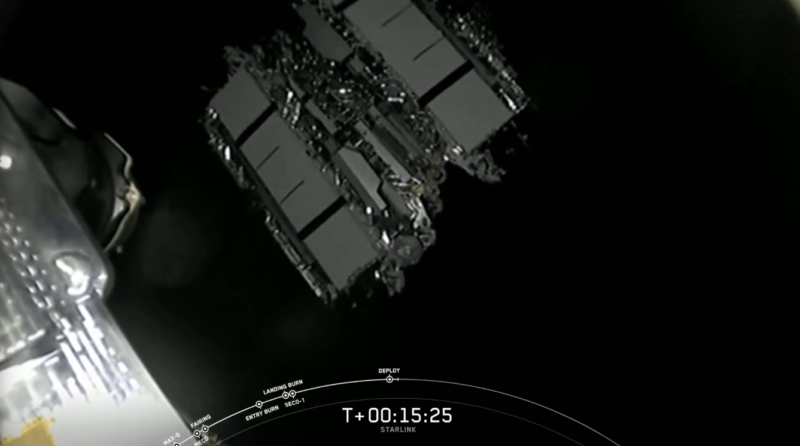
Liftoff occurred on time and B1049 performed admirably on its seventh launch, its nine Merlin 1D+ first-stage engines providing 1.5 million pounds (680,000 kg) of thrust to push the 230-foot-tall (70-meter) booster uphill. The core stage separated from the stack at 2.5 minutes into flight and completed a pinpoint landing on the ASDS. It was SpaceX’s 66th successful booster landing since December 2015 and its 45th on a drone ship since April 2016. Meanwhile, the Merlin 1D+ Vacuum engine of the Falcon 9’s second stage continued to push the Starlink payload uphill, releasing them into space a quarter-hour into the flight.
With the possibility of one more Starlink mission before the end of the year, 2020 may yet achieve the magic number of 1,000 of these satellites in orbit. Before that, however, the next flight on SpaceX’s books is CRS-21, the first voyage of the new Cargo Dragon to the International Space Station (ISS) and the inauguration of the second-round Commercial Resupply Services (CRS2) contract, set to fly early next month.
.
.
FOLLOW AmericaSpace on Facebook and Twitter!
.
.




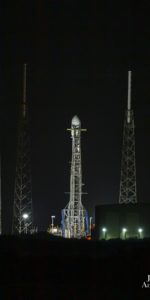
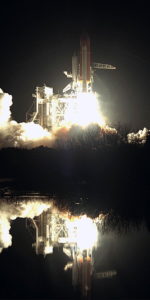
One Comment
One Ping
Pingback:SpaceX Launches Starlink-17, Lands Now 8x-Flown Rocket « AmericaSpace